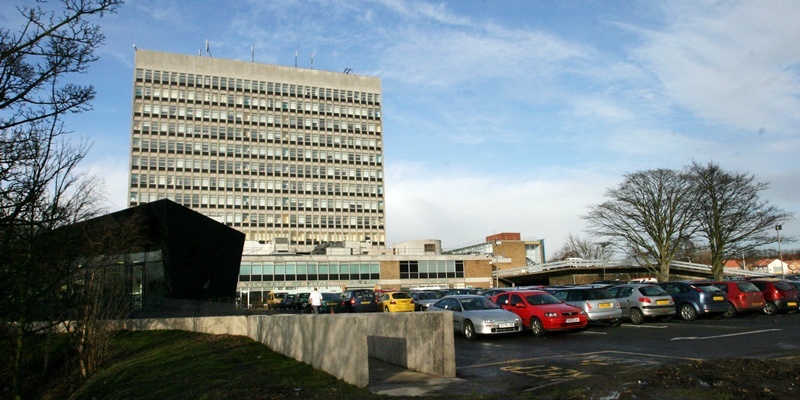Cupar resident Fred Plumb spent weeks in hospital and could not eat or drink for over a year after having a stroke while on holiday.
Nearly two years later he catches the bus twice a week to Glenrothes, where he goes swimming. The tube that fed nutrients directly into his stomach has now gone and he is back in control of the kitchen and catering for himself and wife Mary.
The smell of freshly brewed coffee no longer tortures the 74-year-old and he can sit down with friends and enjoy a cup of tea and a biscuit, having regained his ability to swallow.
New statistics just published show fewer people are dying prematurely from strokes across Tayside and Fife. In Tayside premature deaths fell from 125 in 2000 to 67 in 2009. In Fife the number of deaths in those below the age of 75 has more than halved over a decade, from 111 deaths in 2000 to 54 deaths in 2009.
Age-standardised death rates show both Tayside and Fife had a lower rate of premature deaths in 2009 than the overall Scottish rate 12.1 per 100,000 of the population in Fife and 13.7 in Tayside, compared to 17.3 across Scotland.
Fred’s family thought he was going to die when he had his stroke in May 2009 but they credit the care he got in Fife and his own sheer determination with keeping him off the stroke mortality lists.
His daughter Fiona is a nurse who trained in Kirkcaldy and she recognised the signs and symptoms when her father took ill at her Cambridgeshire home. However, she had difficulty persuading an out-of-hours doctor that her father needed to be hospitalised and it was eight hours before an ambulance arrived and took Fred to hospital.
“She was struggling to get me in to hospital and when I finally arrived they shoved me in a ward with six other blokes,” Fred said. “Three of them died overnight. It appeared to Fi and Mary they just put me there to die.”
The family were keen to get Fred back, convinced he would get better care in Fife. He was transferred to the Victoria Hospital in Kirkcaldy for a few days before being moved to the Cameron Hospital at Windygates to recuperate.
He learned to cope with the feeding tube and went round the site in a wheelchair before he began moving less slowly on sticks. A laptop kept his brain active and allowed him to keep paying the household bills from his bedside.
After several weeks in Cameron, Fred returned home, where he had regular visits from nurses and therapists to aid his recovery.
“The care and attention was great,” Fred said. “I had regular visits from the dietitian, speech therapists and the stroke nurse. The departments talked to each other and you were not left out on a limb wondering what you are supposed to be doing.”
